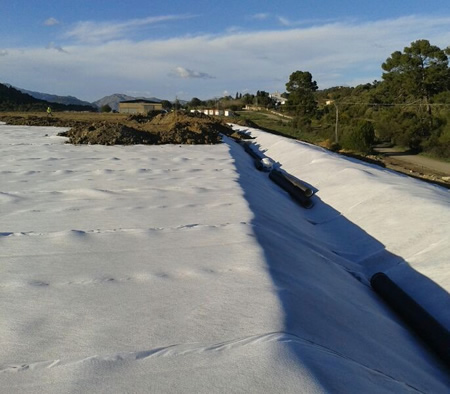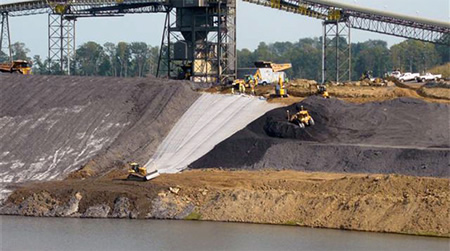

On August 4 and 5, CETCO will host webinars on “Understanding and Monitoring Polymer Amended Bentonite in Geosynthetic Clay Liners for Use in Coal Ash Impoundments and Caustic Leachate Applications.” Registration is open.
VISIT THE REGISTRATION SITE
TRI Environmental’s John M. Allen, P.E. and CETCO’s Scott P. Solotorovsky will lead the hour-long professional development session.
The discussion comes at a good time. The geosynthetics field is in the middle of significant barriers innovation with geosynthetic clay liners. Also, the United States is in the middle of a sea change in how coal ash residuals are handled and disposed of, and this process may influence other areas of environmental protection.
In the session abstract, the presenters note that the US EPA rule change on managing coal combustion residuals from electric utilities “is driving increased use of polymer-amended geosynthetic clay liners (GCLs). Polymer amendment of the bentonite in the GCL can improve chemical compatibility performance in high ionic strength environments commonly found in coal ash landfills.”
Since polymer amendment is not something visual inspection of a GCL reveals, greater engineering knowledge of these type of products is needed. The webinar will provide that.
Questions to be answered by the session include:
- What are the benefits and risks of polymer amendment in GCLs form a chemical compatibility, hydraulic performance and a slope stability perspective?
- During the material evaluation and design stages, how does one verify that the GCL sample that’s being tested for chemical compatibility and hydraulic performance is consistent in polymer amendment with the GCL sample that’s being tested for shear strength?
- During the procurement and construction stages, how does one verify that the GCL that’s being procured and installed on site is consistent in polymer amendment with what was evaluated and specified?
Visit the registration site to sign up for one of the sessions.
Visit CETCO’s website for more information about the company’s polymer-amended GCLs and other geosynthetic solutions.











